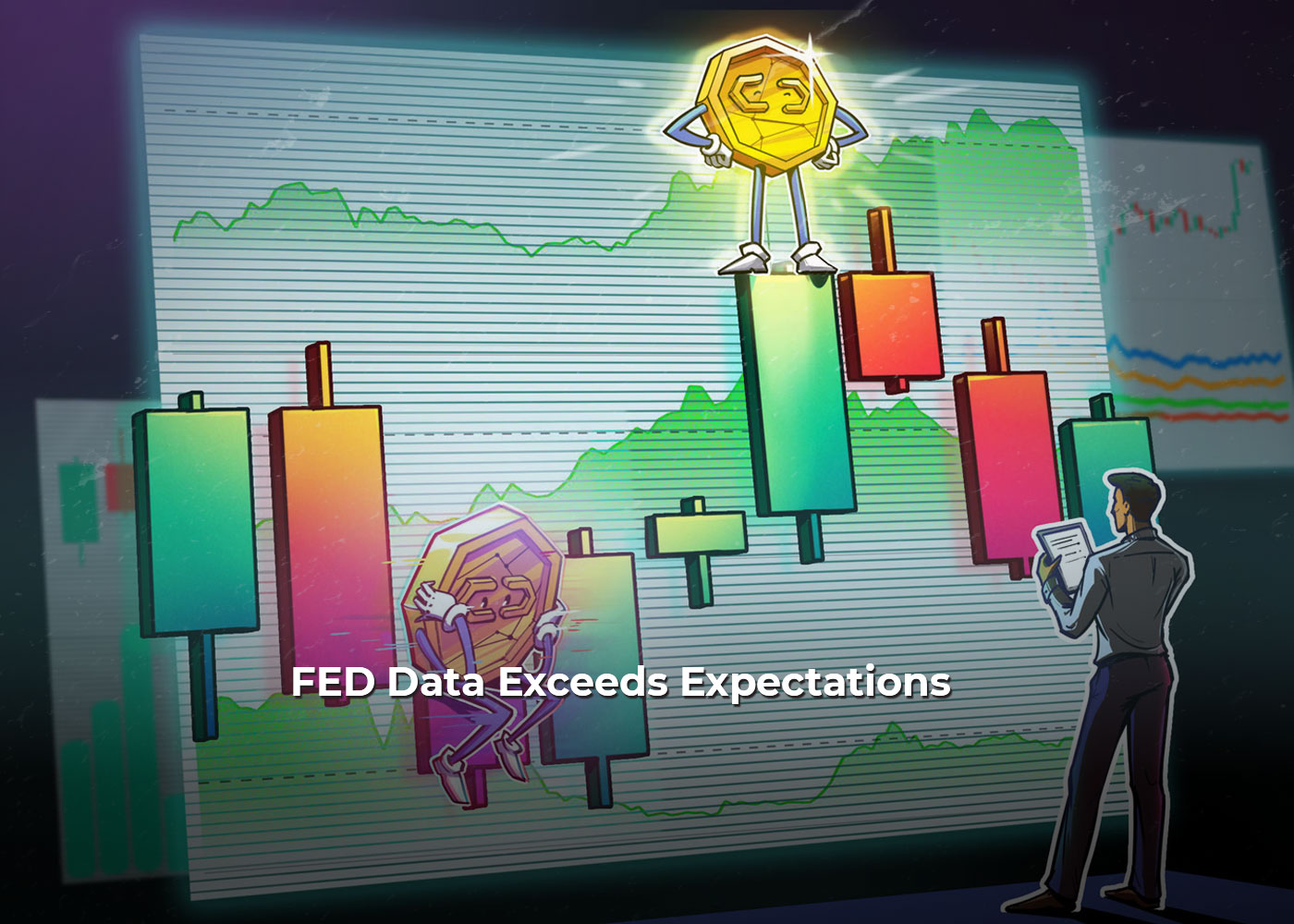FED Data Exceeds Expectations
The US released data on personal income and spending for January, as well as the core PCE deflator that the Fed closely monitors. The data shows signs that the expected easing of inflation in the country has not yet occurred. For the Fed, which closely monitors inflation levels in the US, the data indicates that there are indicators of inflationary pressure.

The US released data on personal income and spending for January, as well as the core PCE deflator that the Fed closely monitors. The data shows signs that the expected easing of inflation in the country has not yet occurred. For the Fed, which closely monitors inflation levels in the US, the data indicates that there are indicators of inflationary pressure.
Personal spending increased significantly by 1.8% in January in the US, which was higher than the 1.4% increase expected by economists in the Bloomberg survey. However, actual personal spending was in line with expectations at 1.1%.

Increase in Personal Spending
The increase in personal spending is considered an important indicator that consumers have confidence in their financial situation and are willing to spend more. However, the data also showed that personal incomes in the country fell below expectations, with an increase of between 0.6% and 1%, in January. This may indicate that although consumers are spending more money, their incomes are not increasing at the same pace, which could lead to financial difficulties in the future.
The core PCE deflator, which is one of the inflation indicators in the country, increased by 4.7% annually in January. This was an increase above expectations, which were for a 4.3% increase. Monthly, the core PCE deflator showed an increase of 0.6%, where the expected increase was 0.4%. The PCE deflator, which measures price changes for goods and services, also showed an increase above expectations in January. Monthly, it increased by 0.6%, while the expected increase was 0.5%. On an annual basis, the PCE deflator increased by 5.4%. The Bloomberg survey had expected a 5% increase.
Overall, the data for January indicates that inflationary pressures in the US are still high. While increased spending is generally seen as a positive indicator, the fact that personal incomes are not increasing at the same pace as spending could be a sign of future problems. The Fed continues to closely monitor the country’s economic indicators.
Rise in New Home Sales Continues in the US
New home sales in the US reached their highest level in 10 months in January, showing that the industry is beginning to stabilize after a challenging 2022. The US Department of Commerce released statistics on new home sales for January.
According to the data, new home sales in the country rose by 7.2% compared to the previous month after seasonal adjustments, reaching 670,000. This is the highest level recorded since March 2022. New home sales fell by 19.4% compared to the same month last year in January. The median sales price of new homes sold in the US last month was approximately $427,500, a decrease of about 0.7%.




